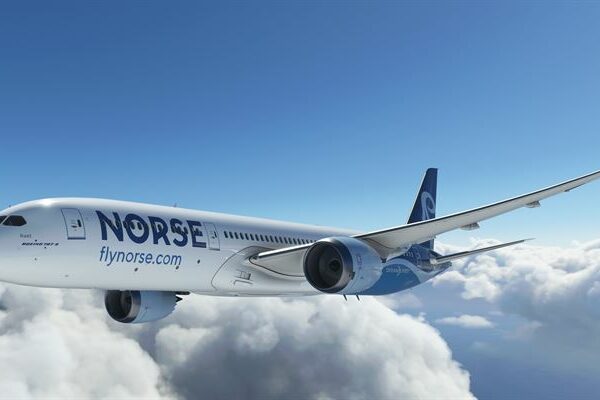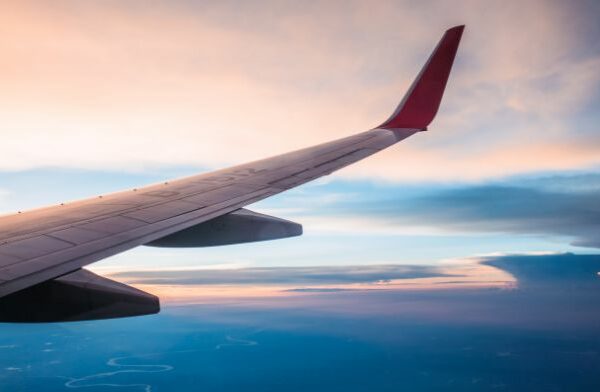The US Federal Aviation Administration (FAA) is to issue a directive within two weeks ordering airlines to inspect CFM56-7B engines following the uncontained failure on Southwest Airlines flight 1380 on Tuesday that forced a Boeing 737-700 to make an emergency landing and resulted in one fatality.
A preliminary investigation has found evidence of metal fatigue where a fan blade had broken off in the number one engine, according to the US National Transportation Safety Board (NTSB). The NTSB stated that fan blade no.13 was missing and had separated at the hub. The flight was en route from New York to Dallas when the incident occurred.
Around 40 technicians in total from GE and Safran Aircraft Engines have been deployed to support the US airline in an accelerated inspection programme to be completed over the next 30 days related to the CFM56-7B engine, which powers most of the carrier’s B737 Next Generation fleet.
Ultrasonic inspections are being conducted on a population of fan blades, according to CFM International. The CFM56-7B engine is produced by the company, which is a 50/50 joint venture between GE and Safran. CFM56-7B engines entered revenue service in 1997 and power more than 6,700 aircraft worldwide.
Airworthiness directive
The FAA said on Wednesday it will issue its “airworthiness directive” within the next two weeks, requiring inspections of certain CFM56-7B engines when they reach a certain number of take-offs and landings. Fan blades that fail the inspection must be replaced.
Southwest has already said that all the CFM56-7B engines in its B737 fleet will be reviewed within 30 days.
NTSB chairman, Robert Sumwalt, said in a briefing that the fan blade had separated in two places. “There’s a fatigue fracture where that comes into that hub,” he said. “It also fractured roughly halfway through it, but it appears that the fatigue fracture was the initiating failure.”
As the engine broke apart at 32,000ft, shrapnel exited through the casing and entered the main fuselage, shattering a window and causing rapid cabin decompression, with one individual partially sucked out. That passenger later died.
Southwest Airlines CEO Gary Kelly told reporters that the plane involved had been in service since the year 2000 and had been inspected as recently as Sunday. The fatality was the first in the airline’s 51-year history, and the first passenger fatality on a US commercial aircraft since 2009.
Several airlines are confirming plans to carry out voluntary inspections of engines that use the same type of fan blade, including Korea Air Lines and Japan Airlines, while American Airlines, United Airlines and Delta Air Lines confirmed they had already started inspections on their aircraft following an FAA proposal issued last year.
Just earlier this month, European regulators also began requiring a similar inspection by early next year, following a study of a similar incident in 2016 that caused the emergency landing of another Southwest Airlines flight but with no fatalities.







